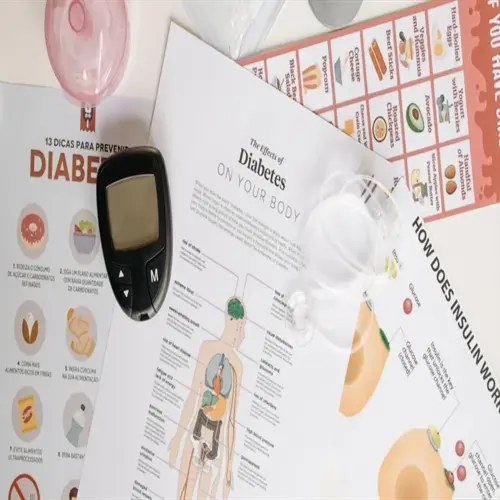What's the most accurate body composition testing method?

Written by
Robert Kelly
Reviewed by
Prof. Benjamin Murphy, Ph.D.Finding the most precise body composition measurement method is easier to understand when there is a sense of accuracy. For example, DEXA scans produced an error of ±1.5% using dual X-ray technology. Other methods for determining body composition, such as BIA scales, will have a mistake of ±3-5% due to the influence of hydration. Hydrostatic weighing of the body has research-grade accuracy but needs submersion. Those who work in clinical settings prefer DEXA because it can differentiate tissues.
DEXA Scan Advantages
- Tissue differentiation: Separates fat, muscle, and bone precisely
- Bone density: Measures osteoporosis risk simultaneously
- Hydration-independent: Unaffected by water fluctuations
BIA Limitations
- Hydration sensitivity: Dehydration elevates fat readings
- Pacemaker restrictions: Electrical currents interfere with devices
- Positional variance: Hand/foot placement changes results
X-ray technology, combined with DEXA, provides such accuracy that it is absolutely unique. It measures the density of the tissue rather than estimating it by means of electrical resistance or by water displacement. In my experience with DEXA, it has consistently revealed muscle imbalances and visceral fat patterns associated with various postural deformities that other methods did not detect. The radiation dose involved is proper for a cross-country flight.
The accessibility of BIA scales, while beneficial, comes with strict protocols in place. Testing must occur at the same time of day, which necessitates fasting and bladder emptying. I tell my clients that consistent factors will bring the BIA errors to a range of ± 3%. Still, in medically assisted decisions, such as risk assessment for osteoporosis, the DEXA scan is always essential. However, it is more costly and less readily available.
The choice of method depends on your specific requirements. Athletes who need to validate muscle gain require the fine precision of DEXA. Users at home who want to track a general trend of fat loss generally declare BIA sufficient, provided they follow up with a strict testing regimen. However, seniors who are keen to know about their bone health are those for whom BIA is least beneficial, as DEXA provides a dual-purpose scan in this case. Remember always to choose a method that suits your health reasons.
Read the full article: Understanding Body Composition Analysis: A Full Guide

